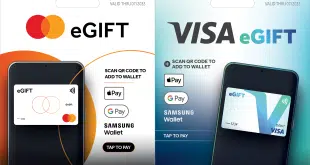It’s a fact of doing business that retailers have to contend with fraud. Now, the cost of managing fraud has increased, says LexisNexis Risk Solutions in its 2018 True Cost of Fraud report for retailers. For every dollar of fraud, merchants pay $2.94, a figure that is 6% more than the $2.77 seen last year.
The frequency of attacks is up, too. The monthly average of 306 successful fraudulent transactions is up from 238 last year. At the same time, the average for prevented fraudulent transactions increased from 257 to 313.
Digging deeper into the report, however, reveals that the fraud challenge can differ by merchant and what they sell. Mid-size to large merchants—selling in excess of $10 million annually—that sell digital goods via mobile-commerce channels have the highest cost of fraud, at $3.29 for every dollar of fraud. Their rate was $2.65 in 2017. That’s in comparison to the $2.96 for the online channel overall, which is down slightly from $3 in 2017.

The lesson from this, for merchants with m-commerce, is to manage the fraud. “But, m-commerce is worth it for customer acquisition/retention and revenue growth. Given this, it’s essential for merchants to proactively plan for and manage mobile-channel fraud,” the report notes.
Selling gift cards online is a prime example of the challenge facing merchants. Earlier this year, at the CNP Expo, a trade show for online merchants, some retailers lamented fraudster affinity for their products. One seller extended the time it would take for a gift card to become active to thwart quick-acting criminals. Another one chose to outsource its entire gift card program because of the risk.
Compounding the problem for retailers, especially those selling online, is distinguishing legitimate transactions from fraudulent ones. That is tough when so much valid consumer data is available to criminals. “The rise of synthetic identities and volume of Botnet orders have made identity verification even more difficult for those selling digital goods. It’s even more significant of an issue among those specifically challenged with e-mail and / or device verification,” LexisNexis says in the report.
M-commerce merchants that rank digital-identity verification as a key challenge sell both physical and digital goods. Fifty-seven percent sell electronic gift cards and 53% sell downloadable software.





